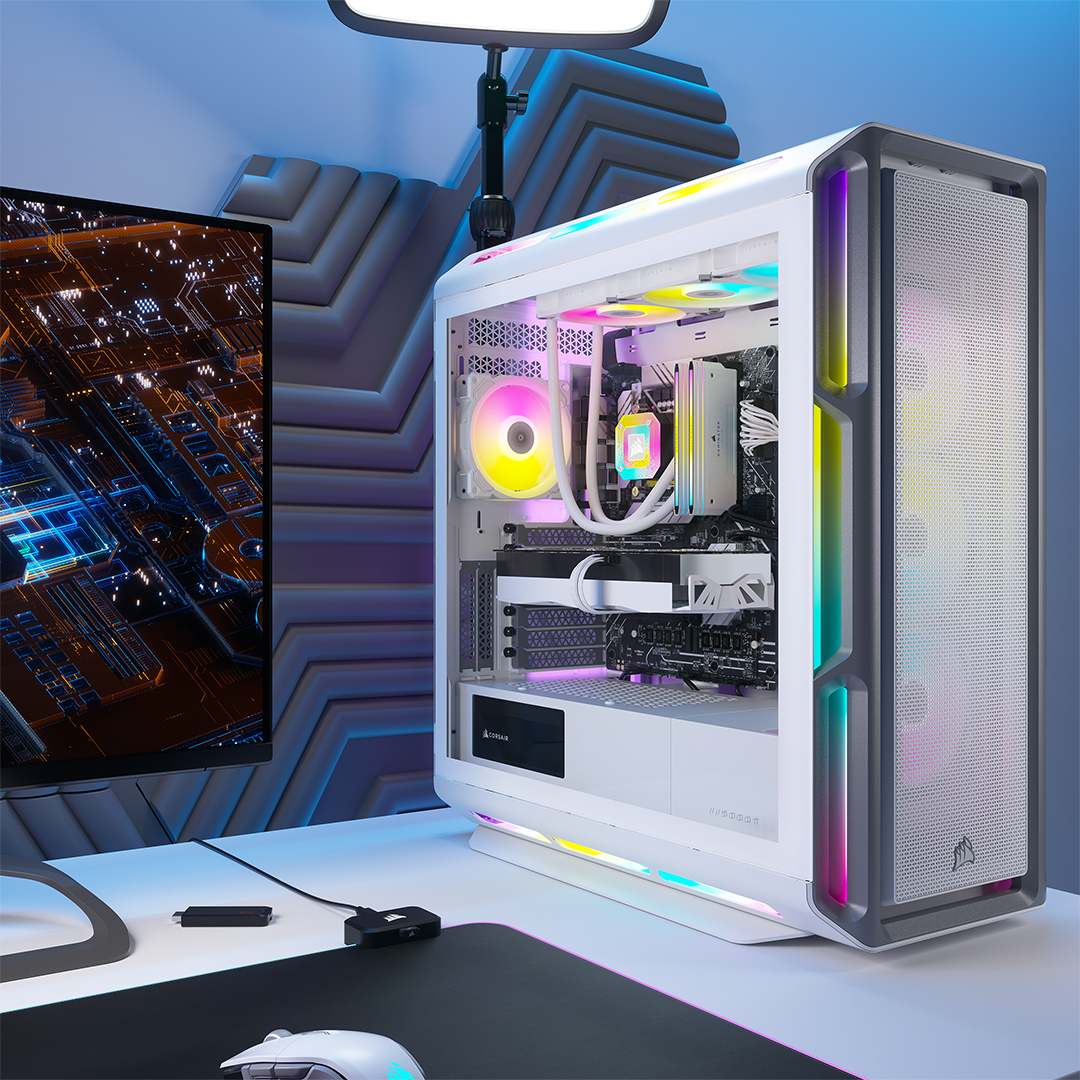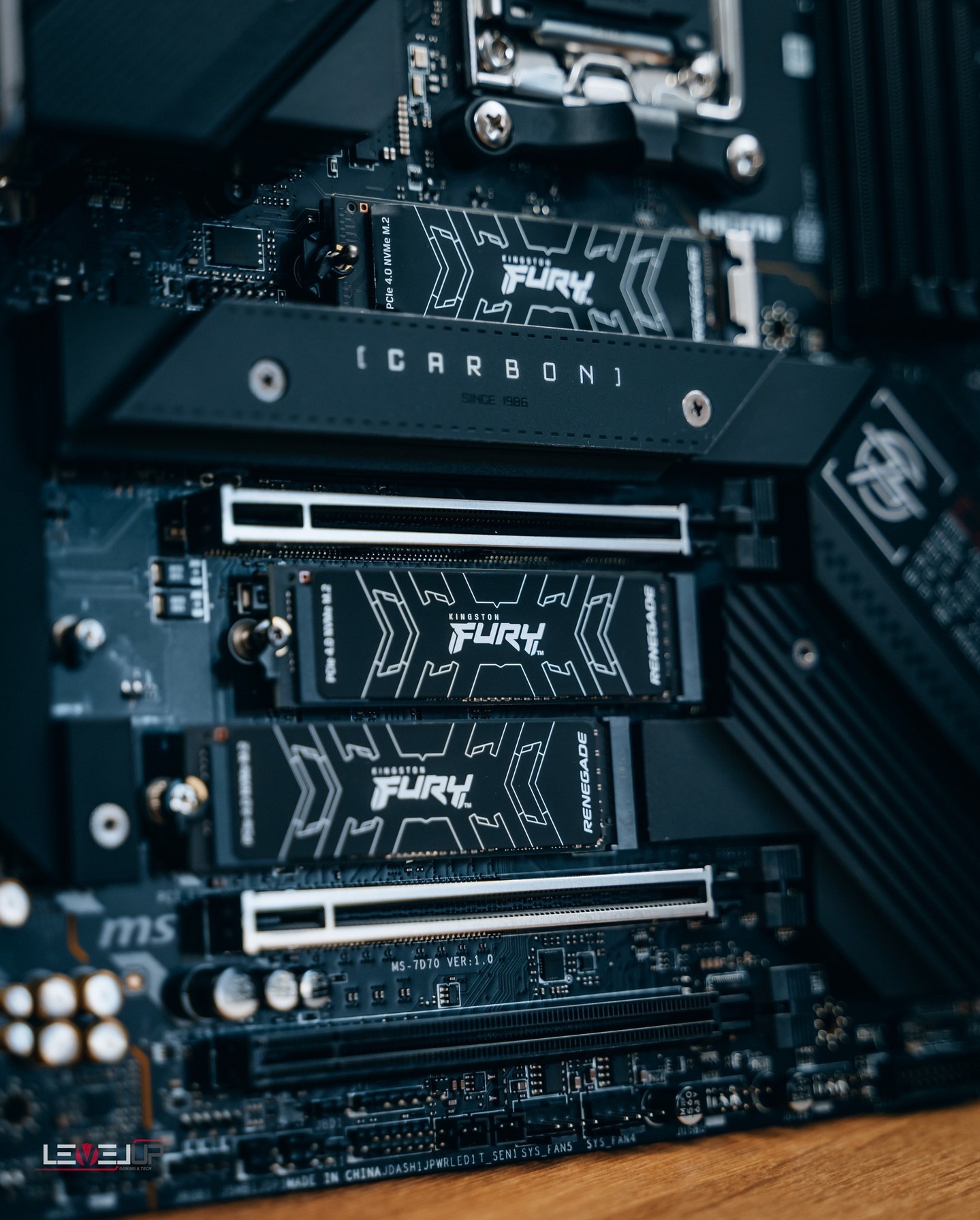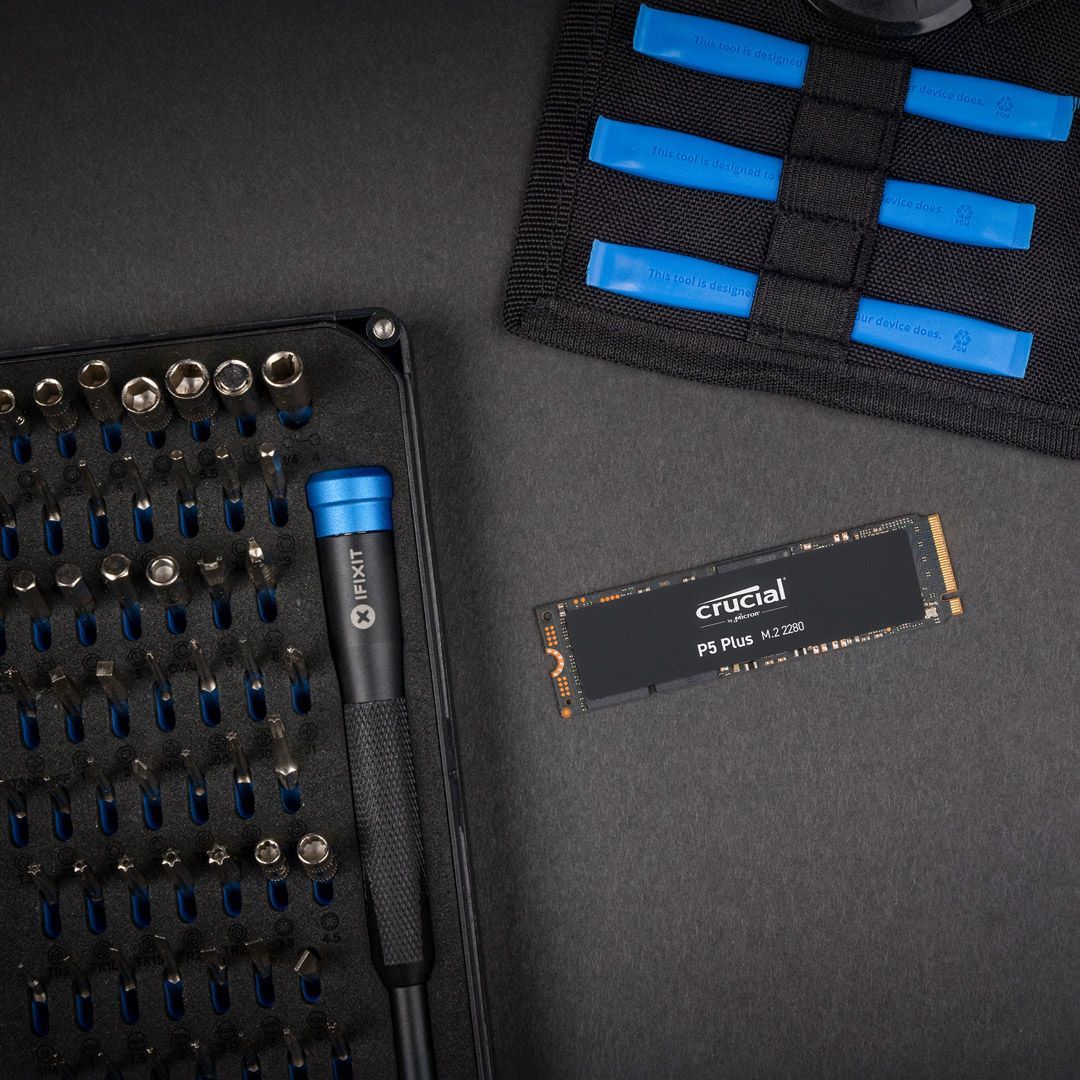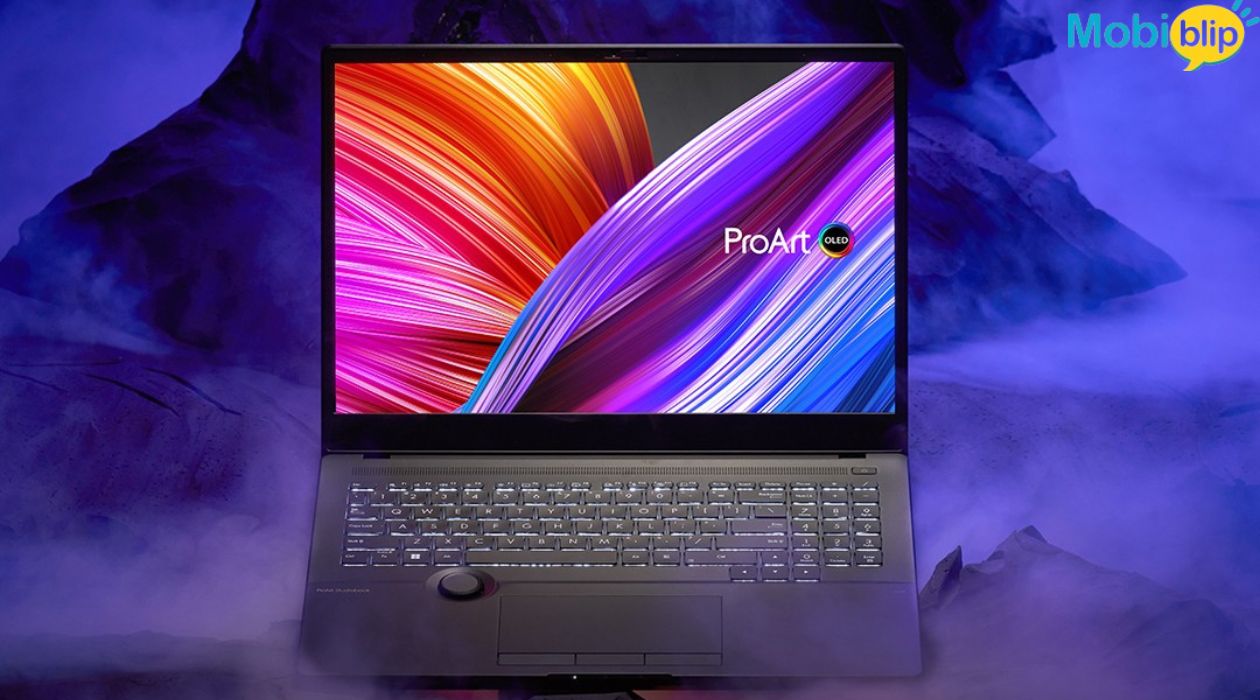Maximum Storage: Largest Capacity Laptop SSDs

Solid State Drives (SSDs) are a game-changer in laptop storage. Unlike traditional Hard Disk Drives (HDDs) that rely on spinning platters and read/write heads, SSDs use flash memory chips to store data. This fundamental difference translates to significant advantages for laptops:
- Speed: SSDs are blazing fast. Booting up, launching applications, and loading files happen in a blink compared to HDDs. This translates to a more responsive and snappier laptop experience.
- Durability: With no moving parts, SSDs are more resistant to physical shock and bumps, making them ideal for mobile devices like laptops.
- Noise: Say goodbye to the whirring and clicking of HDDs. SSDs operate silently, keeping your laptop quiet.
- Weight and Thinness: SSDs are lighter and more compact than HDDs, contributing to thinner and lighter laptops.
While they might cost a bit more per gigabyte compared to HDDs, the overall performance and user experience improvements make SSDs the preferred storage option for modern laptops.
Absolute Largest Capacity SSD for Laptops

Let’s dive into the world of high-capacity SSDs for laptops. As of March 2024, the crown for the absolute largest capacity SSD goes to the Teamgroup QX with a whopping 15.36 terabytes (TB). This behemoth uses a standard 2.5-inch SATA interface, making it theoretically compatible with most laptops that have a free storage bay.
However, there are some factors to consider when chasing these giants:
- Market Availability: While the Teamgroup QX exists, it might not be readily available everywhere. Additionally, its high price tag (around $1700) might deter casual users.
- Performance: SATA itself has limitations in speed compared to newer interfaces like NVMe. This means the massive capacity won’t translate to the fastest possible data transfer speeds.
So, how do manufacturers push the boundaries of SSD size? Here’s a glimpse:
- NAND Flash advancements: NAND flash memory is the building block of SSDs. With advancements in NAND technology, cramming more data into smaller chips becomes possible.
- Multi-Level Cell (MLC) vs. Triple-Level Cell (TLC) NAND: While MLC offers higher endurance, TLC allows for higher capacities at a lower cost. Manufacturers often use TLC NAND for larger capacity SSDs.
While the Teamgroup QX represents the current pinnacle, the quest for even larger capacities continues. As NAND technology evolves, we can expect to see even bigger SSDs become more accessible in the future.
Here’s a bonus point to consider:
Alternatives: For most users, a 15TB SSD might be overkill. High-capacity external hard drives or cloud storage solutions might offer a more cost-effective way to manage large data volumes.
The Biggest SSDs Specifically for Laptops

While the Teamgroup QX holds the record for sheer size, it might not be the most practical choice for every laptop. Here’s a look at some more common and readily available large-capacity SSDs specifically designed for laptops:
Samsung 990 Pro:
- Capacity options: 1TB, 2TB, and 4TB
- Interface: NVMe PCIe Gen 4
- Performance: Blazing fast read/write speeds (up to 7450MB/s and 6900MB/s) for smooth performance and quick file transfers.
- Features: Excellent durability, reliable Samsung reputation, optional heatsink for sustained workloads.
Western Digital WD Blue SN580:
- Capacity options: Up to 2TB
- Interface: NVMe PCIe Gen 4
- Performance: High read/write speeds (up to 4150MB/s) offering a significant boost over SATA options.
- Features: Reliable WD brand, good balance of performance and price.
Sabrent Rocket 4 Plus:
- Capacity options: Up to 4TB
- Interface: NVMe PCIe Gen 3
- Performance: Very fast read/write speeds (up to 3400MB/s) for a Gen 3 drive.
- Features: Competitive price point for a high-capacity option, good value for users who don’t necessarily need the absolute fastest speeds.
Samsung 870 QVO:
- Capacity options: Up to 8TB (SATA option)
- Interface: SATA III
- Performance: Slower than NVMe drives, but still a significant upgrade over HDDs.
- Features: Excellent value for users who prioritize large capacity over bleeding-edge speed. Ideal for older laptops that might not support NVMe.
Key considerations when choosing a large-capacity SSD for your laptop:
Do you need the absolute fastest speeds? If raw speed is crucial, prioritize NVMe PCIe Gen 4 drives like the Samsung 990 Pro. For most users, Gen 3 options like the Sabrent Rocket 4 Plus offer a good balance.
Does your laptop support NVMe? Some older laptops might only have SATA slots. If that’s the case, the Samsung 870 QVO offers a high-capacity SATA option.
How much capacity do you truly need? While a 4TB drive sounds tempting, consider your actual storage needs.
By understanding your needs and these top contenders, you can choose the best large-capacity SSD to power up your laptop experience.
Currently Available High-Capacity SSD

The market offers a diverse range of high-capacity SSDs for laptops, catering to different needs and budgets. Here’s a breakdown of some leading models, comparing their key features:
| Feature | Samsung 990 Pro | WD Blue SN580 | Sabrent Rocket 4 Plus | Samsung 870 QVO |
| Capacity Options | 1TB, 2TB, 4TB | Up to 2TB | Up to 4TB | Up to 8TB |
| Interface | NVMe PCIe Gen 4 | NVMe PCIe Gen 4 | NVMe PCIe Gen 3 | SATA III |
| Read Speed (Max) | 7450 MB/s | 4150 MB/s | 3400 MB/s | 560 MB/s |
| Write Speed (Max) | 6900 MB/s | 3300 MB/s | 3000 MB/s | 530 MB/s |
| Performance | Highest | High | Very Good | Good (SATA) |
| Durability | Excellent | Good | Good | Excellent |
| Brand Reputation | Excellent | Excellent | Good | Excellent |
| Price per GB | Highest | Moderate | Moderate | Lowest |
Performance Analysis
- Speed Demons: The Samsung 990 Pro takes the crown with blazing-fast NVMe PCIe Gen 4 speeds, ideal for demanding tasks like video editing or heavy gaming. The WD Blue SN580 follows closely with excellent Gen 4 performance.
- Value Picks: Sabrent Rocket 4 Plus offers very good Gen 3 speeds at a competitive price for users who don’t require the absolute fastest option.
- SATA Option: Samsung 870 QVO provides the best value for users prioritizing massive capacity over bleeding-edge speed. Ideal for older laptops with SATA interfaces.
- Reliability: Both Samsung and WD are known for their reliable SSDs. Sabrent is a growing brand with generally positive user reviews.
Price: The price per GB generally decreases as capacity increases. However, NVMe Gen 4 drives like the Samsung 990 Pro come at a premium due to their superior performance.
Choosing the Right Option
Consider these factors when making your choice:
- Performance Needs: Prioritize speed for demanding tasks (Gen 4 NVMe) or choose Gen 3 for a good balance.
- Laptop Compatibility: Ensure your laptop supports NVMe if you choose a Gen 3 or 4 drive.
- Capacity Requirements: Don’t overspend on massive capacity you won’t utilize.
- Budget: Balance performance, brand, and capacity based on your budget.
By analyzing these factors and comparing the strengths of each model, you can identify the high-capacity SSD that perfectly complements your laptop needs and usage style.
Future Potential
The hunger for ever-bigger SSD capacities shows no signs of abating. Here’s a glimpse into what the future holds for laptop storage:
- NAND Flash Advancements: The core technology behind SSDs, NAND flash, is constantly evolving. Developments like QLC (Quad-Level Cell) NAND promise even higher storage densities by storing 4 bits of data per cell (compared to TLC’s 3 bits). While QLC might have lower endurance, it paves the way for future high-capacity drives.
- 3D NAND Scaling: Current SSDs utilize stacked layers of NAND flash memory. Advancements in 3D NAND technology, with even more layers crammed into a single chip, will lead to significant capacity increases.
- Emerging Alternatives: Technologies like PCM (Phase-Change Memory) and STT-RAM (Spin-Transfer Torque RAM) hold promise for denser and faster storage solutions. While they might not be mainstream yet, they could revolutionize future laptop storage.
Predictions for Laptop SSDs:
- We can expect to see high-capacity SSDs (8TB and beyond) becoming more commonplace in premium laptops within the next 2-3 years.
- As NAND flash technology matures and manufacturing costs decrease, larger capacities will become more affordable.
- NVMe interfaces will become the standard, allowing these high-capacity drives to unleash their full performance potential.
- Integration with cloud storage solutions might blur the lines, offering a seamless blend of local and remote storage options for managing massive data volumes.
Speculations:
- We might see a shift towards tiered storage solutions within laptops. High-performance, lower-capacity NVMe drives could be paired with larger, slower QLC NAND-based drives for bulk storage.
- With advancements in battery technology and thermal management, the power consumption of high-capacity SSDs might become less of a concern, enabling even thinner and lighter laptops with massive storage options.
The future of laptop storage is brimming with exciting possibilities. As technology progresses, we can expect even larger capacities, faster speeds, and innovative solutions to cater to the ever-growing data demands of users.
In Crux
This exploration has shed light on the world of high-capacity SSDs for laptops.
Looking Ahead: The future of laptop SSDs is bright. Advancements in NAND flash, 3D stacking, and emerging technologies promise even larger capacities, faster speeds, and innovative storage solutions.
The Takeaway: When purchasing or upgrading your laptop, don’t underestimate the importance of SSD capacity. With the ever-growing volume of data we create and manage, a high-capacity SSD can significantly enhance your laptop experience, ensuring smooth operation and ample storage space for years to come.
How much did you like our detailed Discover the Largest Capacity Laptop SSDs? Also, please share these Blogs with your friends on social media.
Related Blogs
















